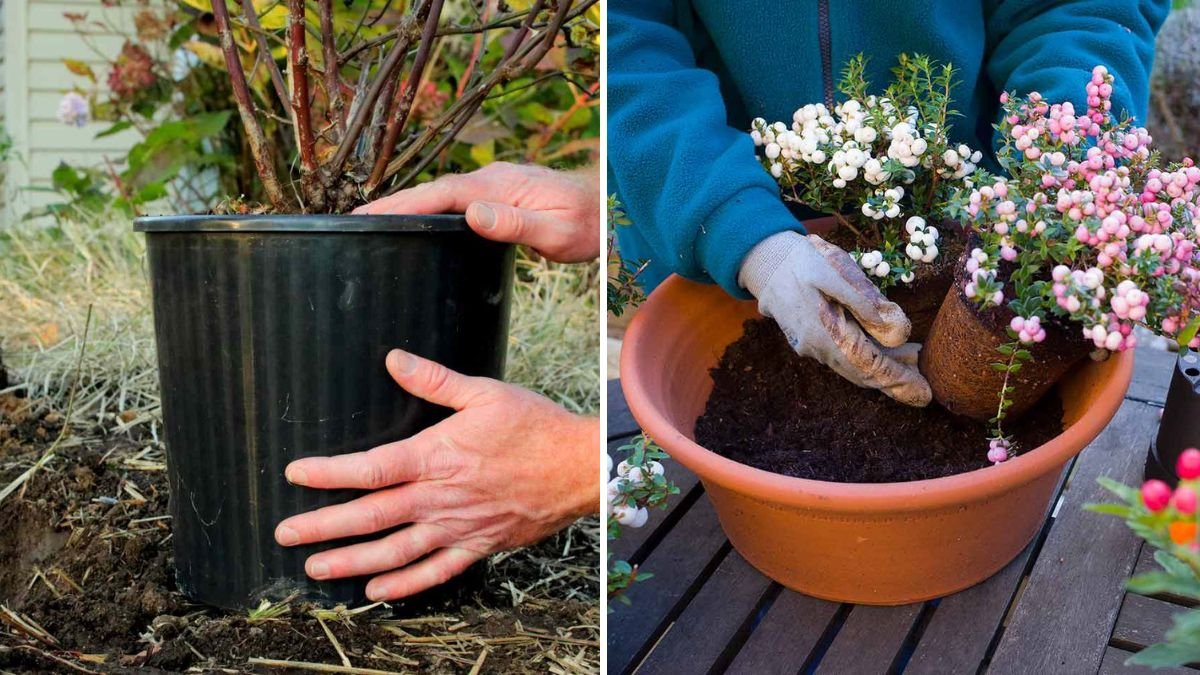Container gardening offers a versatile way to grow flowers, vegetables, and herbs year-round. Unlike plants in the ground, container plants are more vulnerable to winter conditions because their roots are confined and cannot access the natural insulation of the soil. Without proper winter care, cold temperatures, frost, and fluctuating moisture can kill even hardy container plants. Overwintering container plants successfully requires understanding plant hardiness, providing protection, and managing watering and sunlight.
This article explores strategies for keeping container plants alive through winter, common mistakes, and practical tips for ensuring your garden thrives year after year.
1. Understanding Plant Hardiness
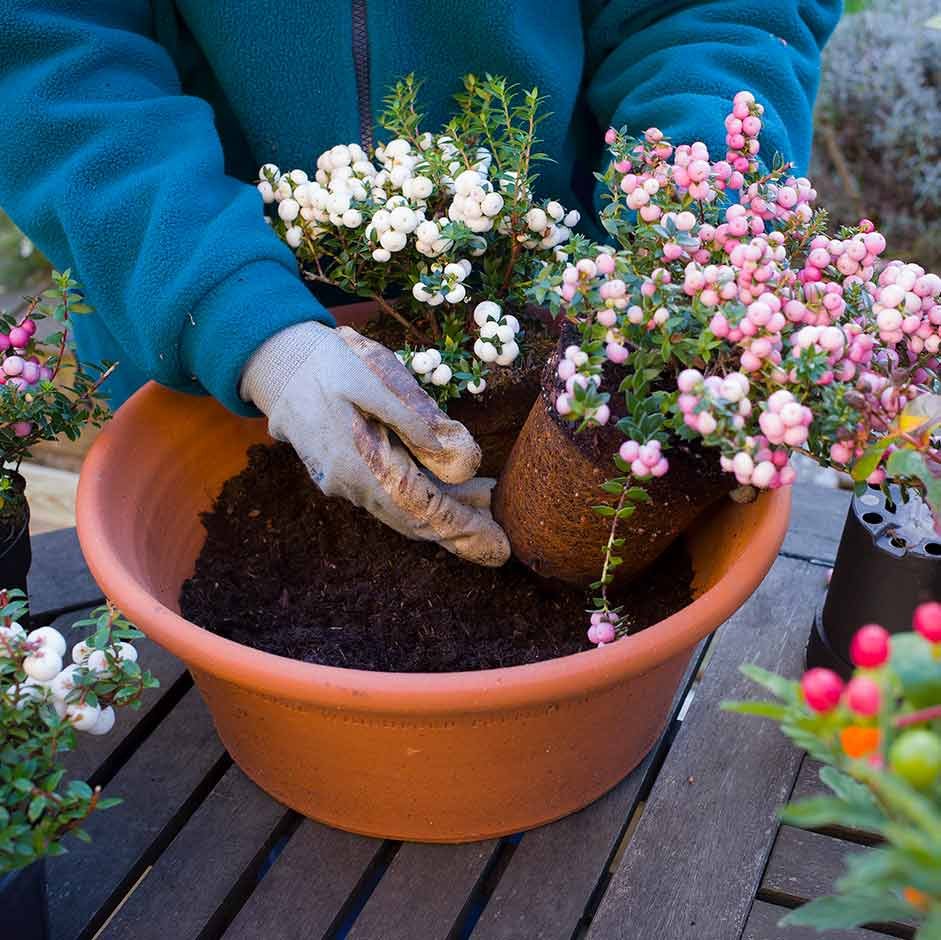
The Problem:
Many gardeners assume that any plant can survive winter if placed outdoors, leading to unnecessary plant loss. Container plants are more exposed to temperature extremes than those in the ground.
Why It Happens:
- Roots in containers are above ground, making them susceptible to freezing.
- Insufficient knowledge about the hardiness zones of different plant species.
- Misjudging the plant’s ability to tolerate frost or snow.
Solution:
- Check the hardiness zone for each plant species and compare it with your local winter climate.
- Identify which plants are tender (cannot tolerate frost), semi-hardy (can survive light frost), and hardy (can survive cold temperatures).
- Group plants according to hardiness to prioritize winter protection efforts.
Understanding plant hardiness helps gardeners plan and protect container plants effectively during winter.
2. Choosing the Right Location
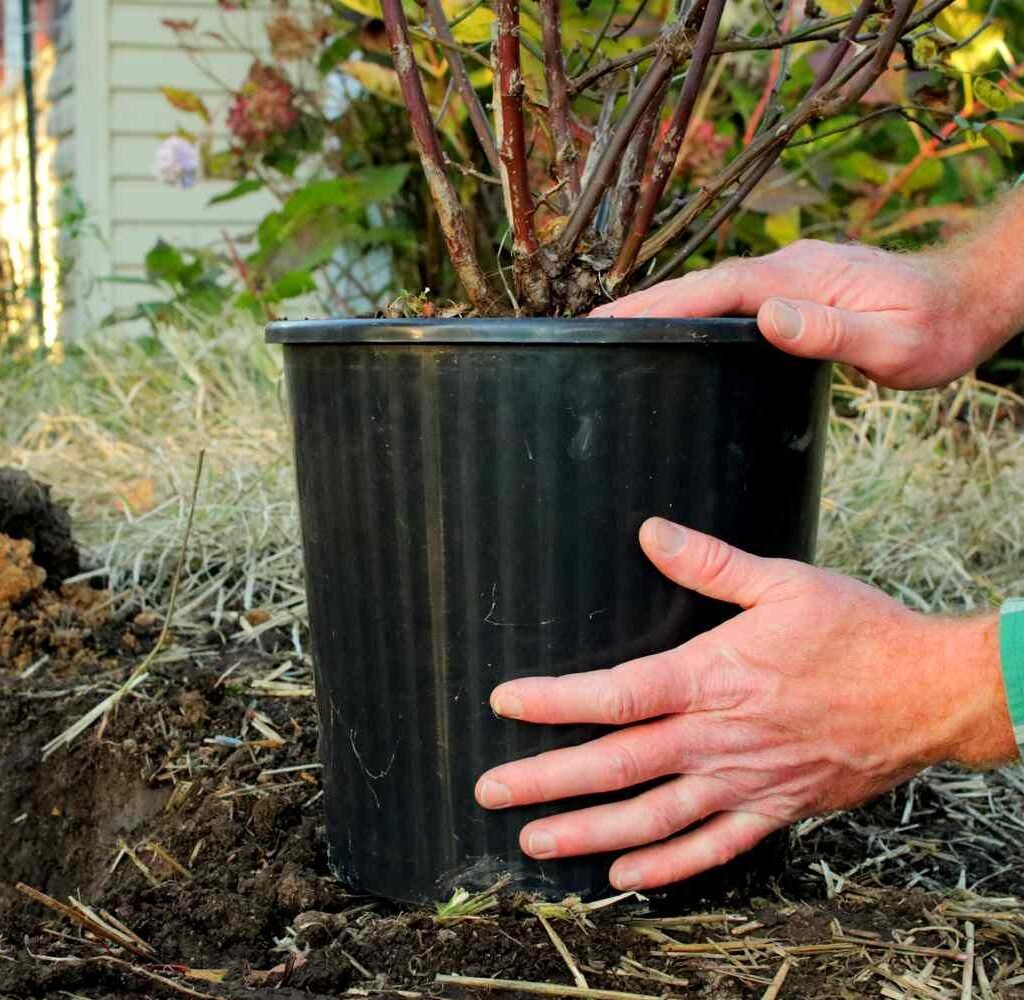
The Problem:
Placing containers in the wrong location can expose plants to wind, frost, and ice, which can damage roots and stems.
Why It Happens:
- Gardeners may not account for microclimates in their yard or patio.
- Convenience or aesthetic preferences outweigh plant survival considerations.
Effects on Plants:
- Roots freeze due to exposure to cold winds.
- Frost can damage foliage and stems, leading to plant death.
- Uneven sunlight can stress evergreen and semi-evergreen plants.
Solution:
- Move containers to sheltered locations such as against walls, near buildings, or under eaves.
- South-facing spots receive maximum sunlight and warmth during winter.
- Avoid windy, open areas where frost can penetrate easily.
- Use a cold frame, greenhouse, or unheated indoor space for sensitive plants.
Proper placement minimizes exposure to harsh conditions and supports healthy plant survival.
3. Insulating Container Plants
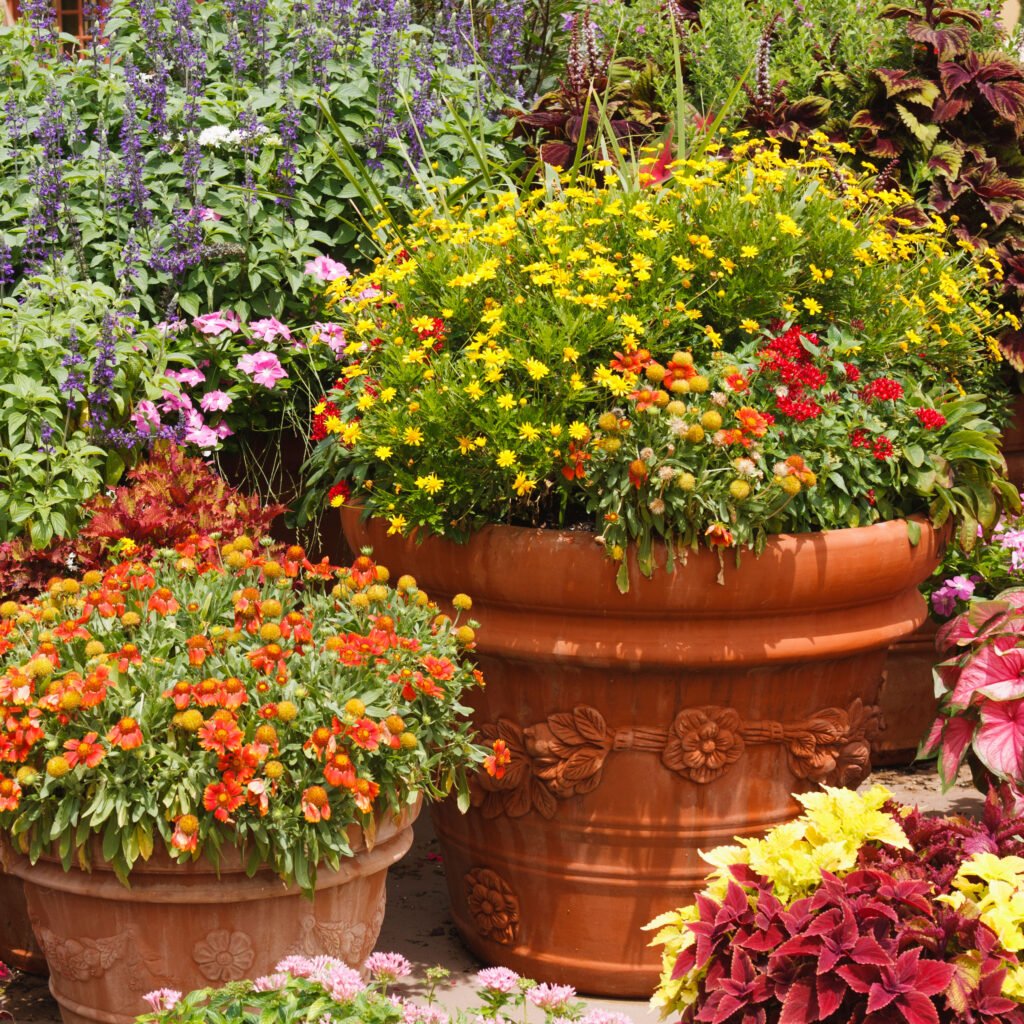
The Problem:
Container walls are thin and expose roots to rapid temperature changes. Unprotected pots can freeze quickly, even if the aboveground plant appears healthy.
Why It Happens:
- Containers are often left bare without protective layers.
- Gardeners underestimate the vulnerability of roots compared to foliage.
Effects on Plants:
- Root systems freeze, killing the plant.
- Cracks in containers caused by frozen soil can damage pots and roots.
- Slow growth or delayed spring recovery.
Solution:
- Wrap containers in bubble wrap, burlap, or frost blankets to insulate roots.
- Place pots in larger containers or boxes filled with straw, leaves, or shredded newspaper for extra protection.
- Elevate containers slightly to prevent direct contact with cold ground and improve drainage.
- Use thick, frost-resistant pots made from ceramic, stone, or resin when possible.
Insulation ensures that roots remain alive and functional, even during freezing temperatures.
4. Adjusting Watering Practices
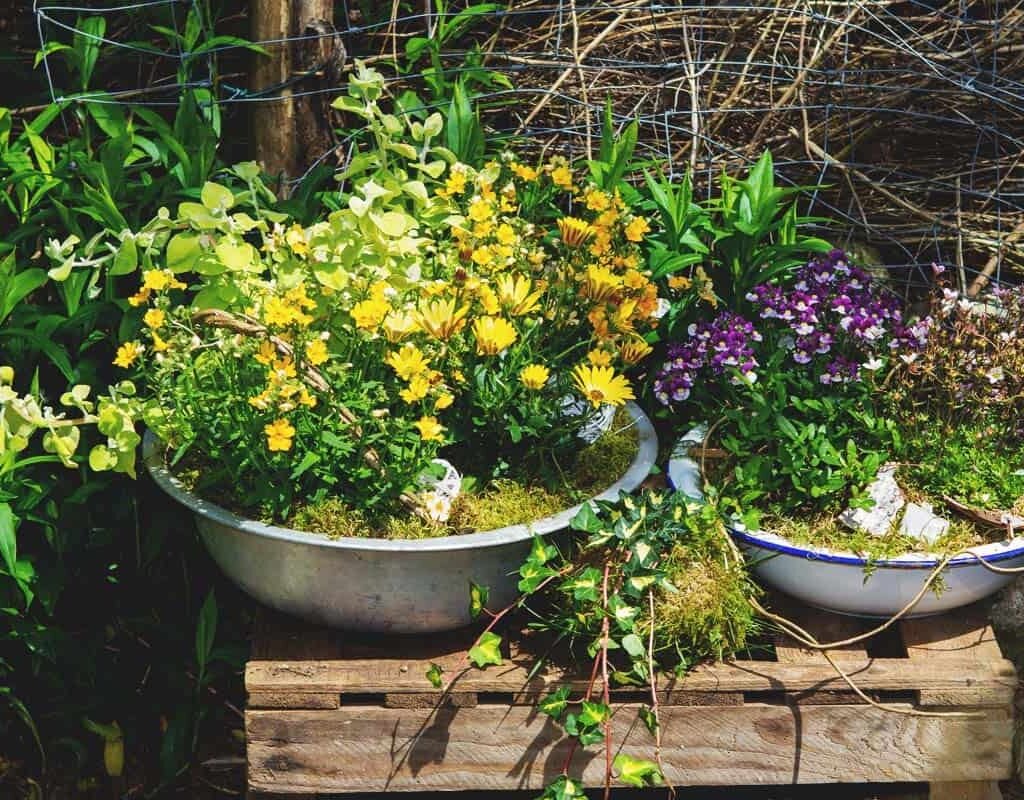
The Problem:
Overwatering or underwatering container plants in winter is a common mistake. Both can stress plants and reduce survival rates.
Why It Happens:
- Gardeners continue their summer watering routine without considering slower winter growth.
- Cold temperatures slow plant metabolism, so water is absorbed less efficiently.
Effects on Plants:
- Overwatering can cause root rot in cold, poorly drained soil.
- Underwatering can dehydrate plants, as dry winter winds draw moisture from leaves.
- Soil that freezes while wet can expand, cracking roots or pots.
Solution:
- Water sparingly and only when the soil is dry to the touch.
- Use containers with good drainage holes to prevent standing water.
- For indoor overwintering, mist leaves occasionally to maintain humidity without soaking soil.
- Monitor plants closely during thaw cycles and dry periods.
Proper watering ensures root health and reduces the risk of fungal or freezing damage.
5. Providing Adequate Light
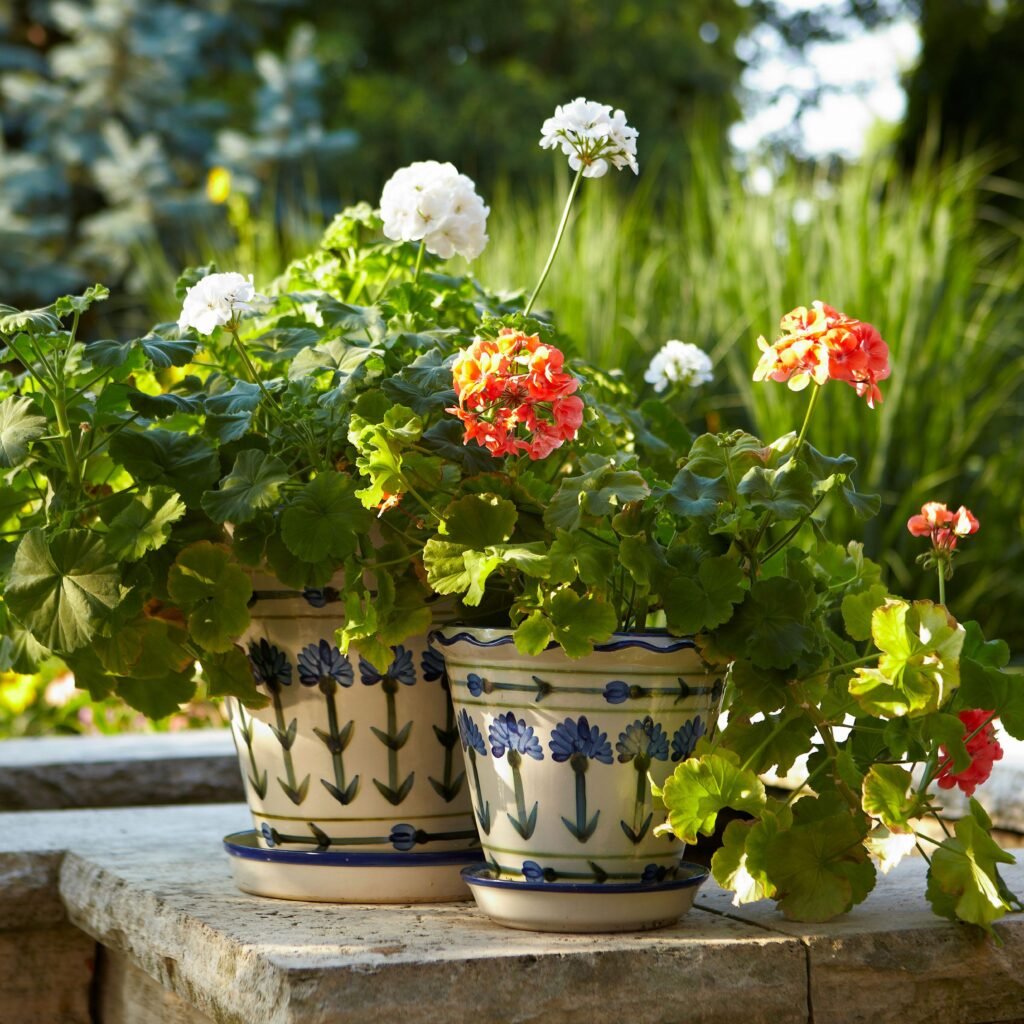
The Problem:
Shorter days and weaker winter sunlight can reduce photosynthesis, weakening plants and slowing growth. Container plants indoors or in shaded areas may not receive enough light.
Why It Happens:
- Gardeners move plants indoors without supplementing light.
- Lack of awareness of light requirements for overwintering species.
Effects on Plants:
- Leggy, weak growth due to insufficient light.
- Loss of leaves or delayed flowering in spring.
- Increased susceptibility to pests and disease.
Solution:
- Place plants near south-facing windows or bright areas indoors.
- Use grow lights for indoor plants, providing 10–12 hours of light daily.
- Rotate pots periodically to ensure even light distribution.
- Reduce fertilizer to prevent forcing new growth when light is limited.
Adequate light helps plants maintain energy and vigor throughout winter dormancy.
6. Protecting Sensitive Species
The Problem:
Tropical and tender plants, such as citrus, fuchsia, or hibiscus, often do not survive frost without extra care.
Why It Happens:
- Gardeners leave sensitive plants outdoors assuming insulation or location will be sufficient.
- Failure to bring plants indoors before the first frost.
Effects on Plants:
- Leaf drop, branch dieback, or complete plant loss.
- Weakened root systems and poor spring recovery.
Solution:
- Move tender plants indoors to cool but frost-free spaces, such as unheated rooms, sunrooms, or garages.
- Reduce watering and stop fertilizing once growth slows to allow dormancy.
- For borderline hardy plants, use mini-greenhouses, frost cloths, or protective covers outdoors.
Taking these precautions ensures that sensitive plants survive the winter without stress.
7. Monitoring and Maintenance During Winter
The Problem:
Once plants are moved or insulated, gardeners often forget about them until spring, leading to unnoticed problems.
Why It Happens:
- Misconception that plants do not require attention during dormancy.
- Busy schedules or lack of winter gardening routine.
Effects on Plants:
- Pests or mold can develop in still, humid indoor spaces.
- Soil may dry out completely, causing root damage.
- Frost damage may go unnoticed until it is too late to save the plant.
Solution:
- Check container plants weekly for moisture, pests, or signs of disease.
- Remove dead or damaged leaves promptly to prevent fungal growth.
- Adjust insulation or relocation if severe cold snaps are predicted.
- Maintain good airflow around indoor plants to reduce humidity-related problems.
Regular monitoring ensures that container plants remain healthy and ready to thrive when spring arrives.
8. Preparing Plants for Spring Recovery
The Problem:
Improper overwintering can lead to delayed or weak growth in spring if plants are not gradually acclimated back to outdoor conditions.
Why It Happens:
- Gardeners place plants back outside too quickly after winter.
- Sudden exposure to sun, wind, and fluctuating temperatures stresses plants.
Effects on Plants:
- Leaf burn or shock due to rapid environmental changes.
- Slowed growth or flower bud loss.
- Increased pest vulnerability during transition.
Solution:
- Gradually harden off plants by moving them outdoors for a few hours a day over 1–2 weeks.
- Avoid direct sun on tender overwintered plants immediately.
- Resume normal watering and fertilizing once plants are actively growing.
Gradual acclimation ensures that container plants bounce back robustly after winter dormancy.
Conclusion
Overwintering container plants successfully requires a combination of knowledge, preparation, and care. The key strategies include:
- Understanding plant hardiness to prioritize protection.
- Choosing the right location to shield plants from wind, frost, and extreme temperatures.
- Insulating containers to prevent root freezing.
- Adjusting watering practices to avoid over- or under-watering.
- Providing adequate light indoors or in shaded winter areas.
- Protecting sensitive species through indoor relocation or covers.
- Monitoring and maintenance throughout winter to prevent pests and disease.
- Preparing plants for spring recovery to ensure vigorous growth.
By following these strategies, gardeners can overwinter container plants without losing them, maintaining a vibrant, productive garden year-round. Proper winter care ensures that plants emerge healthy and ready to flourish in the growing season, maximizing both aesthetic beauty and harvest potential.
